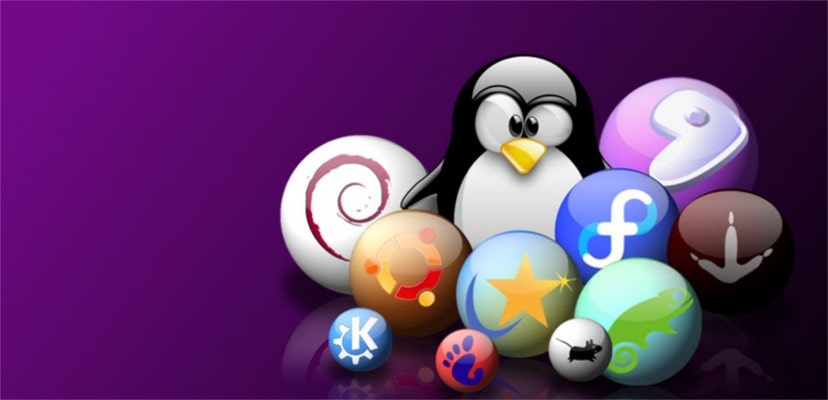Here I’ll cover what distro I would and wouldn’t recommend as a beginner and also give my reasons as to why I would select one variation over another.
My aim here is that I won’t have you second guessing about making the correct decision and that the one you have chosen is the right one for you.
Just like with anything new, there’s always a learning curve.
However with Linux distributions, some have a bigger curve than others.
Linux can be installed on anything that an operating system can be installed on, but here we will be going over a DESKTOP install.
With this in mind I’m going to assume something here:
You are planning on installing Linux on an IBM or IBM compatible computer.
By this I mean a laptop or PC. Not a Mac book, not a Macintosh, not a phone or a tablet. Not your raspberry pi, your WIFI router or your neighbors calculator.
